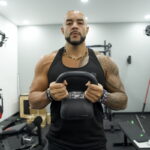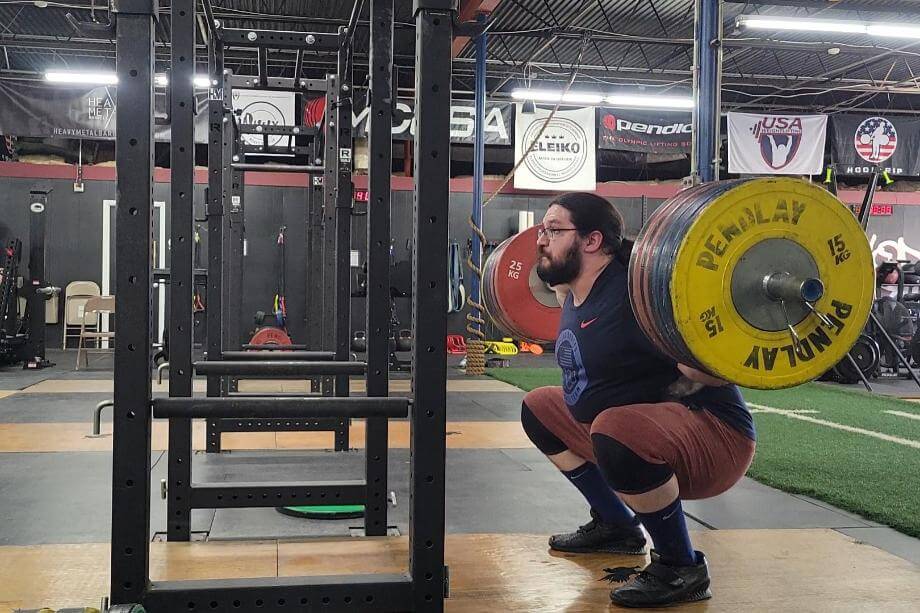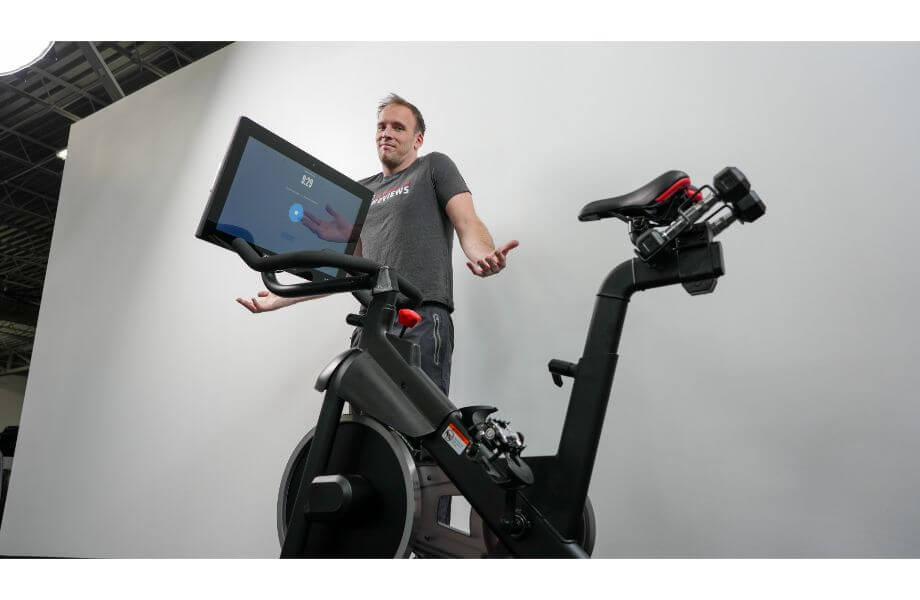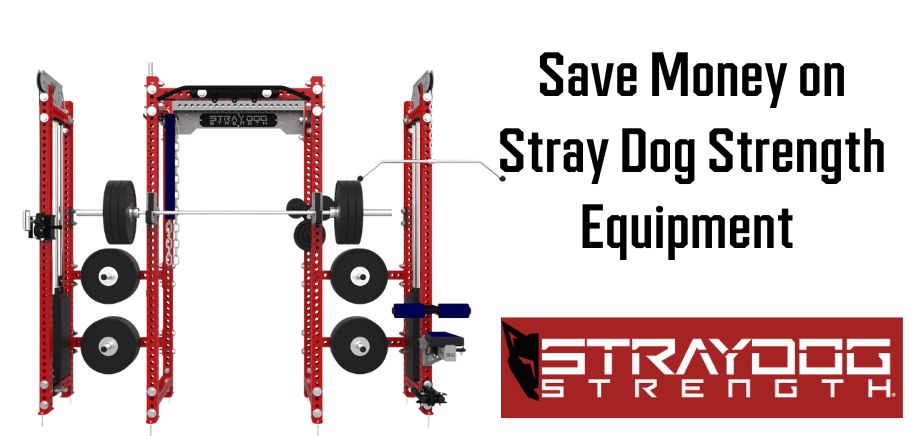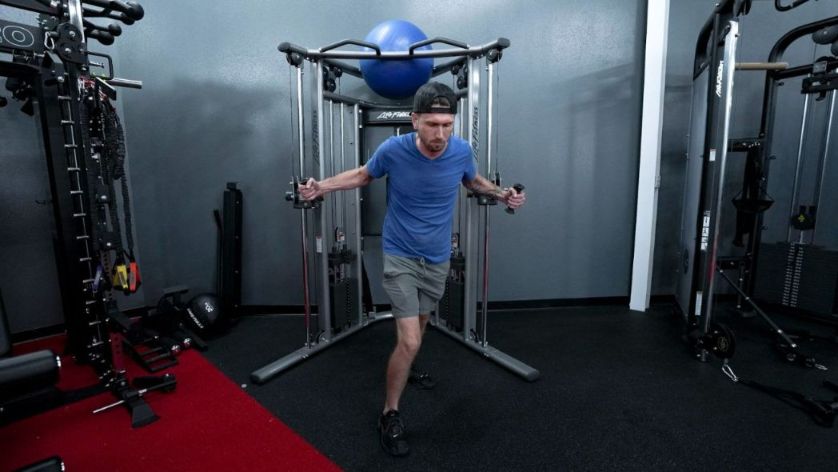Rather than choosing strength vs. hypertrophy, what if you could work on both simultaneously? With a powerbuilding program, you can make excellent muscle and strength gains by focusing on the main lifts like the back squat and bench press and incorporating isolation exercises to sculpt your ideal physique.
Designed for athletes and advanced lifters, this hybrid workout routine allows you to lift heavy weights, pack on muscle, and improve your overall fitness. However, powerbuilding is more than just a mix of powerlifting and bodybuilding; it’s a strategic approach to strength training that incorporates various rep schemes, compound exercises, and periodization to maximize your results.
RELATED: 7 Types of Strength Training
As a certified personal trainer (CPT) and longtime rugby player, I’ve relied on powerbuilding programs to help develop a strong, muscular body that can withstand the rigors of such a physical sport. In this guide, I’ll delve into the details of this best-of-both-worlds training style so you can start your journey toward building strength and muscle one rep at a time.
What Is Powerbuilding?
Powerbuilding is a training style that blends the principles of powerlifting and bodybuilding. The primary goal is to build maximal strength and muscle mass through heavy compound lifts and hypertrophy-focused accessory work. This hybrid approach is ideal for advanced lifters focusing on strength gains and muscle growth.
Powerlifting training emphasizes lifting heavy weights for lower rep ranges1 (typically one to five) to build strength in the main lifts: the bench press, deadlift, and back squat. On the other hand, bodybuilding focuses on hypertrophy, or muscle growth, achieved by lifting weights for higher reps (around eight to 12) and targeting specific muscle groups.
RELATED: Hypertrophy Workout 101
Key Components of a Powerbuilding Program
A successful powerbuilding program incorporates several key components to maximize strength and muscle gains. Here’s what you need to include:
Compound Movements
Compound exercises like the bench press, deadlift, and barbell row are the foundation of any powerbuilding routine. These exercises target multiple muscle groups and allow you to lift heavy weights, promoting strength and muscle growth.
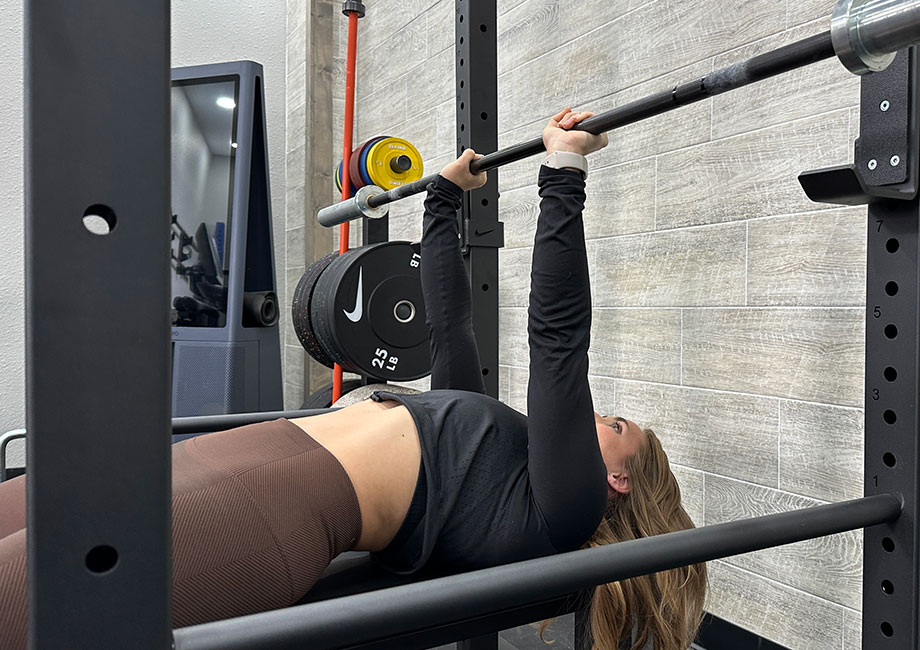
Here are some of the top compound movements you should incorporate into your powerbuilding program (or any strength training routine):
| Exercise | Muscles Worked |
| Bench press | Chest, shoulders, triceps |
| Close-grip bench press | Triceps, chest, shoulders |
| Deadlift | Hamstrings, glutes, lower, back, core |
| Back squat | Quadriceps, hamstrings, glutes, core |
| Front squat | Quadriceps, hamstrings, glutes, delts, upper chest, core |
| Overhead press | Shoulders, triceps, upper chest, core |
| Barbell row | Lats, rhomboids, biceps, core, hamstrings |
| Pull-up | Lats, traps, rhomboids, biceps |
RELATED: Front Squat Vs Back Squat
Hypertrophy Training
Powerbuilding programs also include accessory exercises like lateral raises and leg curls to isolate specific muscle groups and increase muscle mass. When training for hypertrophy, aim for higher rep ranges (eight to 12 reps), which has been shown to stimulate muscle growth2.
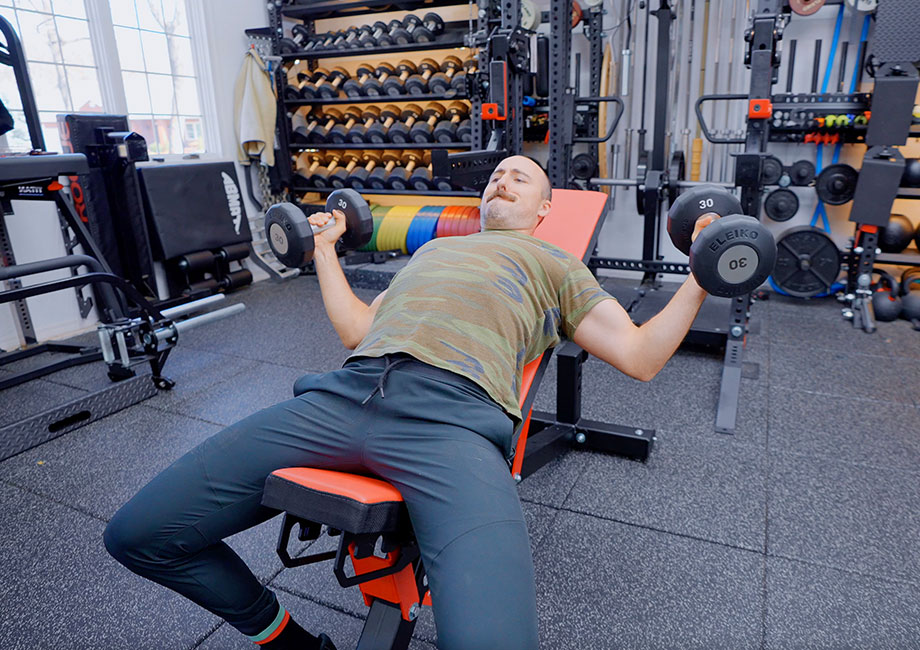
Here are a few common accessory exercises you’ll see in most hypertrophy training programs listed by body part:
| Chest | Dumbbell fly, dips, seated chest press, incline dumbbell press, cable crossover |
| Back | Bent-over fly, seated cable row, lat pulldown, bent-over row, reverse pec deck |
| Shoulders | Lateral raise, front raise, Arnold press, upright row, shrug |
| Arms | Overhead triceps extension, barbell curl, chin-up, triceps rope pushdown, incline dumbbell curl |
| Legs | Leg extension, leg curl, lunges, leg press, hip thrust |
RELATED: 9 Moves To Add To Your Inner Chest Workouts
Periodization
Periodization is a structured approach to training that involves systematic planning and variation of workout intensity, volume, and type over specific periods. It can help prevent plateaus and overtraining and keep you motivated and engaged.
RELATED: How To Increase Strength
Periodization ensures your body continuously adapts and progresses by incorporating cycles such as hypertrophy, strength, and peaking phases. In a powerbuilding program, periodization balances the dual goals of increasing maximal strength and building muscle size, leading to consistent and sustainable #gains.
Progressive Overload
Like periodization, progressive overload is essential for sustained success in any strength training program. Put simply: Over time, you need to increase the weight, reps, or sets to give your body a new stimulus.
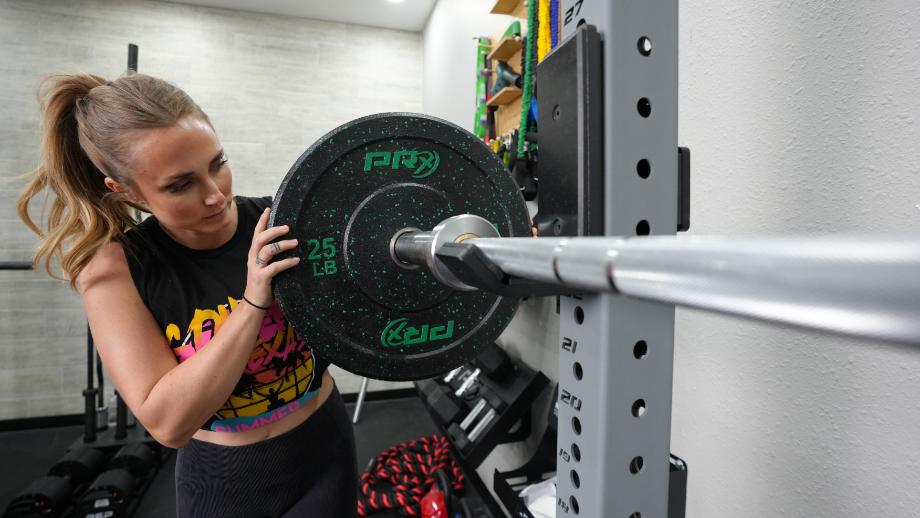
RELATED: Reps Vs Sets
As part of a powerbuilding program, this could involve attempting a new one-rep max on a main lift every few weeks, incorporating superset workouts on hypertrophy days, or working with heavier weights on isolation exercises. Either way, you must stress your body in new ways to continue to generate returns on your weightlifting efforts.
Workout Split
Choose a workout split that effectively targets your major muscle groups and suits your schedule, which could mean splitting between upper- and lower-body days or going with full-body training sessions.
Here are some typical training splits you’ll see with powerbuilding programs:
- Push/Pull/Legs: A push-pull-legs routine splits workouts into pushing exercises (chest, shoulders, and triceps), pulling exercises (back and biceps), and leg exercises (quads, hamstrings, and glutes. You can hit heavy compound lifts at the beginning of each workout before you work on accessory exercises.
- Upper/Lower: This straightforward workout split alternates between upper- and lower-body workouts. You can focus solely on strength or hypertrophy, depending on how many days a week you train.
- Full Body: Each workout targets all major muscle groups, making it ideal for beginners or those with limited training days.
- Body Part: Each workout focuses on a single muscle group, making it better suited for intermediate and advanced lifters.
RELATED: Bro Split Workout
Sample Powerbuilding Program Template
As a CPT and seasoned lifter, there’s nothing I enjoy more than grabbing a barbell and getting to work. To help you start your powerbuilding journey, I put together this four-day program that follows a straightforward upper/lower split.
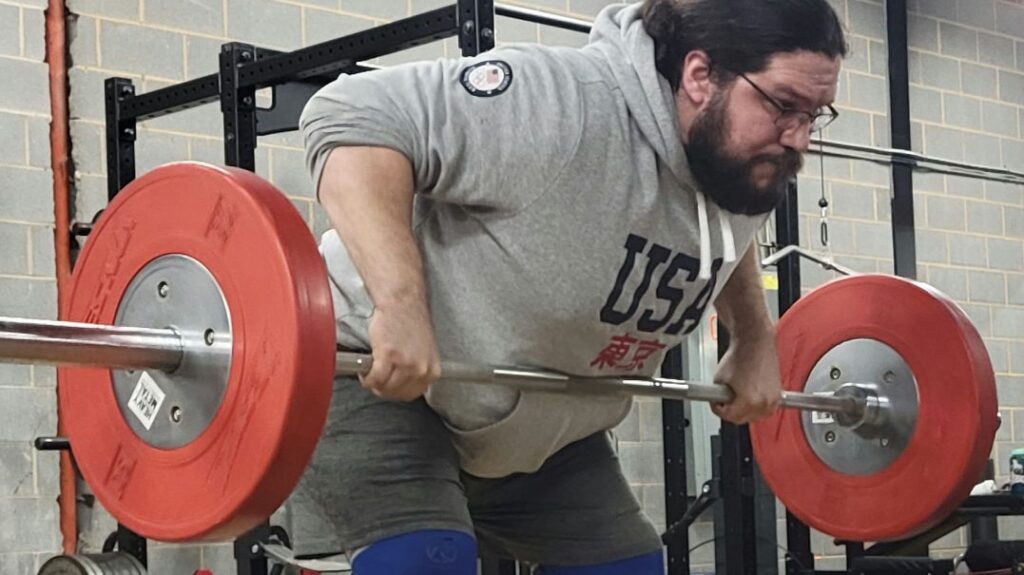
On Days 1 and 2, you will focus primarily on building strength. On Days 3 and 4, you will ramp up the volume to stimulate hypertrophy. Use this template as a guideline rather than a strict plan. Swap out movements, incorporate variations, or add extra ab exercises if your core can handle it!
Day 1: Upper-Body Strength
| Exercise | Sets | Reps |
| Bench press | 4 | 3-5 |
| Barbell row | 4 | 5-8 |
| Overhead press | 3 | 5-8 |
| Pull-up | 3 | 5-8 |
| Overhead triceps extension | 3 | 10-12 |
Day 2: Lower-Body Strength
| Exercise | Sets | Reps |
| Back squat | 4 | 3-5 |
| Conventional deadlift | 4 | 3-5 |
| Leg press | 3 | 8-10 |
| Hamstring curl | 3 | 10-12 |
| Calf Raise | 3 | 15 |
Day 3: Upper-Body Hypertrophy
| Exercise | Sets | Reps |
| Incline dumbbell press | 4 | 8-12 |
| Lat pulldown | 4 | 8-12 |
| Dumbbell lateral raise | 3 | 10-12 |
| Dumbbell biceps curl | 3 | 10-12 |
| Triceps pushdown | 3 | 12-15 |
Day 4: Lower-Body Hypertrophy
| Exercise | Sets | Reps |
| Front squat | 4 | 8-12 |
| Romanian deadlift | 4 | 8-12 |
| Leg extension | 3-4 | 12-15 |
| Lunges | 3-4 | 10-12 (per leg) |
| Seated calf raise | 3 | 12-15 |
Benefits of a Powerbuilding Program
Powerbuilding offers numerous benefits for those looking to enhance their physique and performance.
Can Help Increase Strength
Powerlifting exercises like the bench press, deadlift, and back squat help you lift heavier weights and build maximal strength. Plus, incorporating accessory exercises can help you address any weaknesses that may be holding you back in the core lifts.
RELATED: 12 Benefits Of Strength Training
Helps Create a Balanced Physique
While many powerlifters often eschew aesthetics for performance, combining compound lifts and bodybuilding techniques ensures balanced development across all muscle groups. A well-structured powerbuilding program—and a well-formulated diet—can ultimately create a well-balanced physique.
RELATED: High Protein Foods For Muscle-Building
Can Enhance Muscle Growth
Hypertrophy training with higher rep ranges and isolation exercises targets specific body parts for optimal growth. Following progressive overload principles and consuming enough protein can help you pack on plenty of muscle using a powerbuilding program.
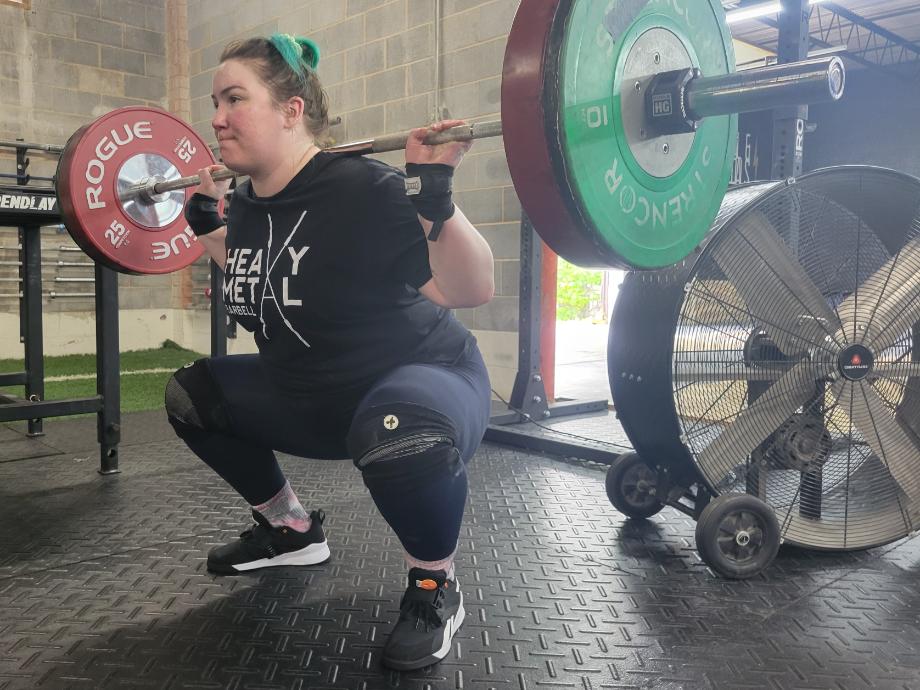
RELATED: How To Build Muscle
Customizable to Your Fitness Goals
Powerbuilding programs can be tailored to individual goals, making them suitable for nearly any lifter. If you want to improve a specific lift, you can prioritize it in your training. You can also build your schedule accordingly if you only have three days a week to train.
Tips For Sustained Success In Powerbuilding
While every fitness journey inevitably has its ebbs and flows, these strategies can help you stay on track as you work toward building the strongest, most muscular version of yourself.
Track Your Progress
Keeping a detailed log of your workouts, including weights, sets, and reps, helps you monitor your progress and adjust your program as needed. It also motivates you as you see your improvements over time.
RELATED: How To Use a Fitness Log
Don’t Skip the Warm-Up
Warming up is crucial for preparing your muscles and joints for the intense work ahead. It increases blood flow3, enhances muscle elasticity, and reduces the risk of injury. A good warm-up should include dynamic stretches and light cardio to prepare your body for pumping iron.
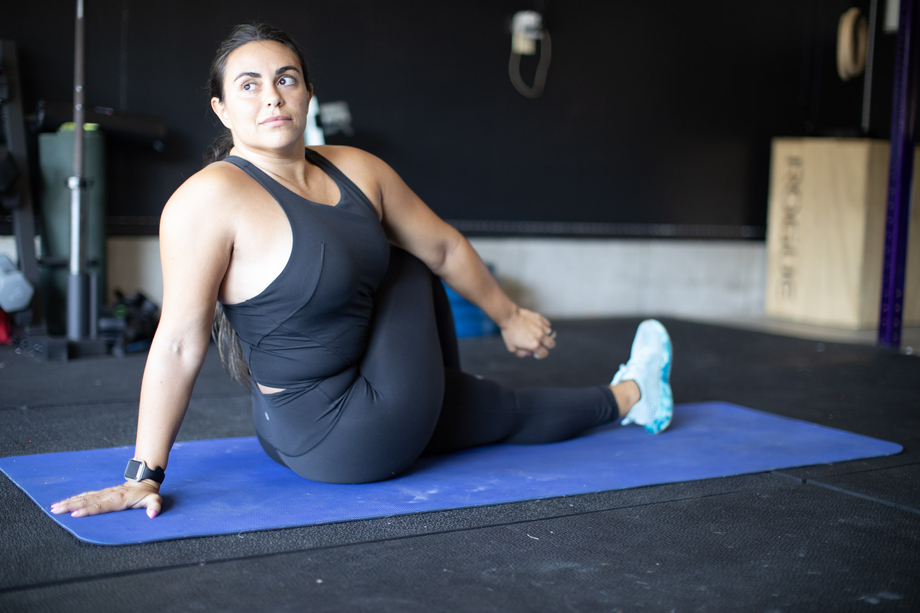
RELATED: The 10 Best Warm-Up Exercises
Be Aware of Overtraining
Overtraining can hinder progress and increase the risk of injury. Signs of overtraining include persistent fatigue, decreased performance, and prolonged muscle soreness.
Ensure you allow adequate recovery time between intense sessions. Listen to your body and incorporate at least one to two rest days into your program.
I recommend incorporating active recovery protocols like foam rolling and mobility exercises on non-training days.
RELATED: What Is Active Recovery?
Focus On Your Technique
Proper form is essential to prevent injuries and ensure you’re effectively targeting the correct muscles. Incorrect technique can lead to strain and long-term damage.
Always prioritize quality over quantity when it comes to your reps, and consider working with an online personal trainer or recording yourself to check your form.
RELATED: The Seven Fundamental Movement Patterns
Fuel Up Properly
Nutrition and supplementation play vital roles in supporting your powerbuilding goals. Ensure you’re consuming enough protein to support muscle growth and repair. Aim for 1.6 to 2.2 grams of protein4 per kilogram of body weight per day.
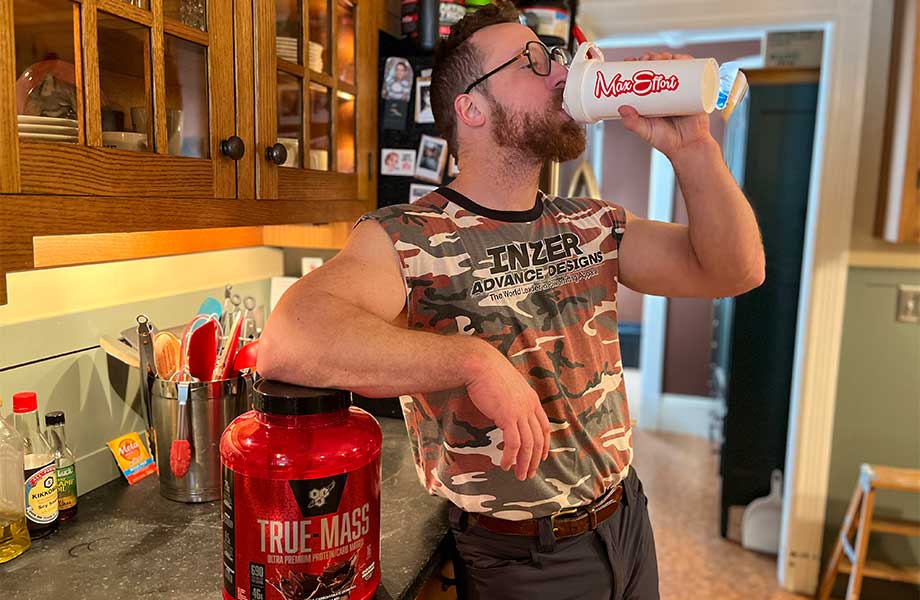
To enhance performance and recovery, consider supplements like whey protein powder, creatine, and BCAAs. Additionally, maintain a balanced diet rich in carbohydrates and healthy fats to fuel your workouts and aid recovery.
RELATED: Best Carbs For Bodybuilding
Powerbuilding Program: Final Thoughts
Powerbuilding is an excellent training approach for those seeking strength and muscle growth. By combining the principles of powerlifting and bodybuilding, you can create a challenging workout routine that gives you the best of both worlds.
With dedication, consistency, and proper periodization, a powerbuilding program can be a game-changer for your fitness journey, helping you build strength and muscle mass like never before.
Powerbuilding Program: FAQs
What is the best powerbuilding program?
A popular choice is PHUL (Power/Hypertrophy/Upper/Lower), which combines strength and hypertrophy training, offering a balance between powerlifting and bodybuilding.
What are the key differences between a powerbuilding program and a traditional bodybuilding or powerlifting program?
A powerbuilding program incorporates heavy compound lifts for strength (powerlifting) and accessory movements for muscle growth (bodybuilding). On the other hand, a traditional bodybuilding program focuses solely on hypertrophy, and a powerlifting program focuses on maximum strength development.
Can you recommend a powerbuilding routine for intermediate lifters?
The PHUL (Power/Hypertrophy/Upper/Lower) program is excellent for intermediate lifters, as it provides sufficient training volume and variety to support your muscle- and strength-building goals It features two days of power-focused workouts and two days of hypertrophy-focused workouts each week.
Can you combine powerlifting and bodybuilding training methods in a single program?
Yes, powerbuilding programs like PHUL (Power/Hypertrophy/Upper/Lower) and PHAT (Power/Hypertrophy/Adaptive Training) are designed to combine both powerlifting and bodybuilding techniques, providing a balanced approach to gaining strength and muscle.
References
- Schoenfeld, B. J., Grgic, J., Van Every, D. W., & Plotkin, D. L. (2021). Loading Recommendations for Muscle Strength, Hypertrophy, and Local Endurance: A Re-Examination of the Repetition Continuum. Sports, 9(2). https://doi.org/10.3390/sports9020032
- Krzysztofik, M., Wilk, M., Wojdała, G., & Gołaś, A. (2019). Maximizing Muscle Hypertrophy: A Systematic Review of Advanced Resistance Training Techniques and Methods. International Journal of Environmental Research and Public Health, 16(24). https://doi.org/10.3390/ijerph16244897
- Park, K., Jung, K., Park, E., Lee, Y., Jee, S., Eun, D., Cha, Y., & Yoo, J. (2018). The effect of warm-ups with stretching on the isokinetic moments of collegiate men. Journal of Exercise Rehabilitation, 14(1), 78-82. https://doi.org/10.12965/jer.1835210.605
- Stokes, T., Hector, A. J., Morton, R. W., McGlory, C., & Phillips, S. M. (2018). Recent Perspectives Regarding the Role of Dietary Protein for the Promotion of Muscle Hypertrophy with Resistance Exercise Training. Nutrients, 10(2). https://doi.org/10.3390/nu10020180

